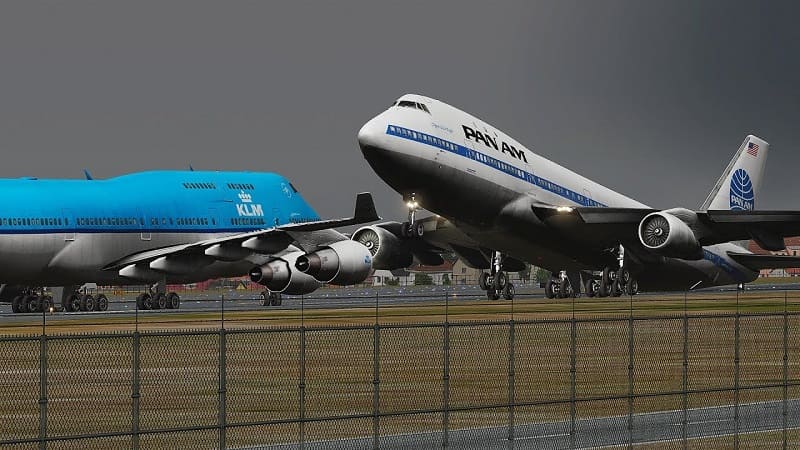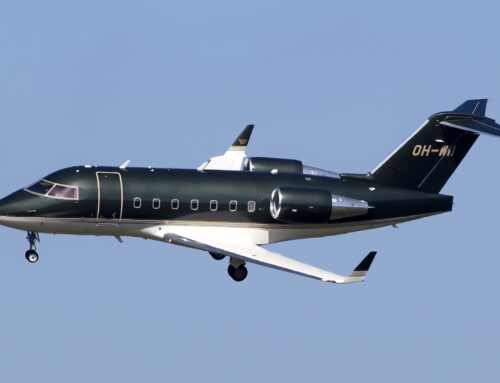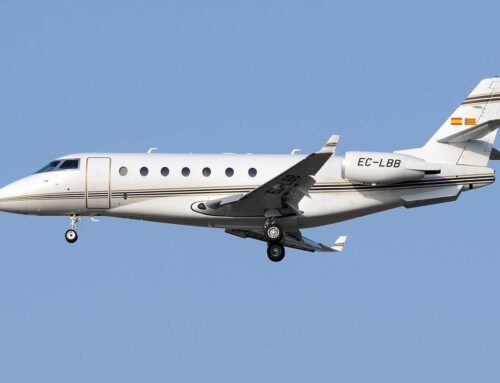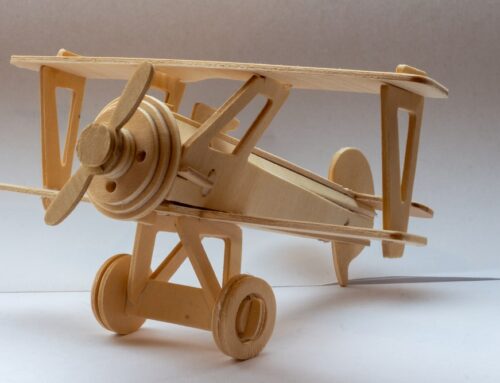March 27, 1977, will forever be etched in the annals of aviation history as the day when tragedy struck at Los Rodeos Airport on the picturesque Canary Island of Tenerife, Spain. The Tenerife airport disaster, as it came to be known, claimed the lives of 583 people and left the world stunned. In this blog post, we delve into the details of this fateful event, examining the mishap that unfolded and the lessons learned from one of the deadliest accidents in aviation history.
The Tenerife Airport Disaster
The Tenerife airport disaster unfolded on a seemingly ordinary day, marred by unforeseen circumstances that would forever change the course of aviation safety. Two giants of the sky, a KLM Boeing 747 and a taxiing Pan Am 747, collided in a devastating accident that sent shockwaves through the aviation industry.
What led to this catastrophic mishap? The chain of events began when a terrorist bombing incident occurred at Gran Canaria Airport, forcing many flights to be diverted to Los Rodeos Airport. The sheer volume of aircraft, coupled with the limited capacity and lack of proper infrastructure at Los Rodeos, set the stage for a tragic collision.
As the chaos unfolded, dense fog blanketed the airport, severely limiting visibility. Despite the adverse weather conditions, air traffic control worked diligently to manage the overwhelming influx of diverted flights. However, miscommunications and misunderstandings would soon contribute to the unfolding disaster.
In the critical moments leading up to the collision, the KLM pilot, mistakenly believing they had received clearance for takeoff, began to accelerate down the runway. Unbeknownst to them, the Pan Am aircraft was still on the runway, having missed an earlier turnoff due to poor visibility. Tragically, the two planes collided, resulting in the loss of hundreds of lives.
Lessons Learned and Legacy
The Tenerife airport disaster served as a wake-up call for the aviation industry, prompting a comprehensive review of safety protocols, procedures, and human factors that contribute to accidents. Investigators and industry experts analyzed the mishap to understand the systemic failures that led to such a devastating event.
The lessons learned from the Tenerife airport disaster led to significant improvements in aviation safety. Air traffic control procedures were overhauled, emphasizing the importance of effective communication and standardized phraseology. Additionally, advancements in ground radar and visibility-enhancing technologies were implemented to mitigate the risks posed by adverse weather conditions.
However, perhaps the most profound impact of this tragedy was the prioritization of crew resource management (CRM) in aviation training. Recognizing the critical role of teamwork, communication, and decision-making in ensuring flight safety, CRM techniques were integrated into pilot training programs worldwide. This shift in focus emphasized the importance of open dialogue, error prevention, and assertiveness, fostering a culture of safety in the aviation industry.
Custom Aircraft Models for Hobbyists
In the world of aviation enthusiasts and hobbyists, custom aircraft models hold a special place. These meticulously crafted replica models capture the essence of iconic airplanes, allowing enthusiasts to own a piece of aviation history in the form of a detailed scale model. Whether it’s a wooden model, a diecast model or a custom-made model crafted from high-quality materials, these pieces serve as a testament to the passion and dedication of aviation enthusiasts worldwide. From commercial airliners to military jets, custom aircraft models offer a unique opportunity to appreciate the intricate design and engineering that goes into creating these magnificent flying machines. For hobbyists seeking to showcase their love for aviation, custom aircraft models provide a tangible connection to the inspiring world of flight. Experience the thrill of aviation with our custom airplane models, crafted with precision and available for order here.
Conclusion
The Tenerife airport disaster stands as a somber reminder of the devastating consequences that can result from a combination of unforeseen circumstances, human errors, and systemic failures. The loss of 583 lives on that fateful day shook the world and forever changed the course of aviation safety.
As we reflect on this tragic event, we must acknowledge the progress made in enhancing aviation safety since that fateful day. The Tenerife airport disaster serves as a powerful testament to the resilience and determination of the aviation industry to learn from its mistakes and improve the safety of air travel.
While we remember the victims and their families, we must also honor their memory by continually striving for excellence in aviation safety. Through ongoing training, improved technology, and a commitment to effective communication and teamwork, we can ensure that the lessons learned from the Tenerife airport disaster remain etched in our collective consciousness, forever guiding us towards a safer future in the skies.



